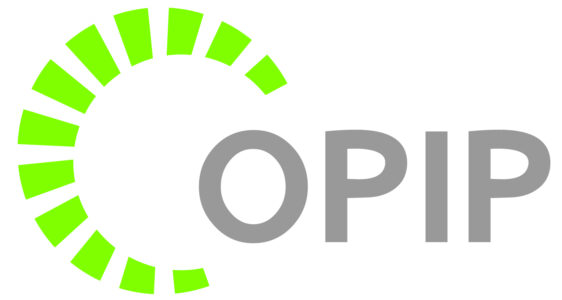The AAP Bright Futures guidelines for preventive pediatric healthcare recommend developmental surveillance at all visits during early childhood, and standardized screening with a validated tool at the 9-, 18-, and 30-month visits.
OPIP has led a number of efforts focus on supporting practices and health systems to meaningfully implement these Bright Futures recommendations.
Assuring Better Child Health and Development (ABCD III) project: A Performance Improvement Project (PIP) of eight managed care organizations that covered 1 in 3 children in the state, focused on follow-up to developmental screening. This effort included system and practice-level efforts focused on follow-up to developmental screening, coordination with Early Intervention, and examination of claims and medical chart review data.
Medical Home/Patient Centered Primary Care Home facilitation: Through working with practices on medical home activities, OPIP has supported practices through:
–Practice decision supports and implementation strategies related to developmental screening.
–Coaching to Practices on Using the 96110: One way to measure and track developmental screening is through the use of the 96110 billing code. OPIP provides coaching and technical assistance to practices on issues to consider in using the 96110 claim.
–Follow-up to developmental screening:
- Referring to Community-Based Providers: Once a child is identified as being at-risk for a behavioral, developmental, or social delay, it is imperative that they be referred to the appropriate resource. Our projects in this area emphasize the importance of effective referral and coordination with the community-specific resources that are available within a given region.
- Care Coordination for Children Identified as At-Risk: For children and their families that are identified as at-risk for a delay, navigating the system can be a very real challenge. Our current projects, through quality improvement, address systems to help coordinate care for these families, and ensure that the appropriate coordination is occurring between primary care and other medical, educational, and community based providers.

